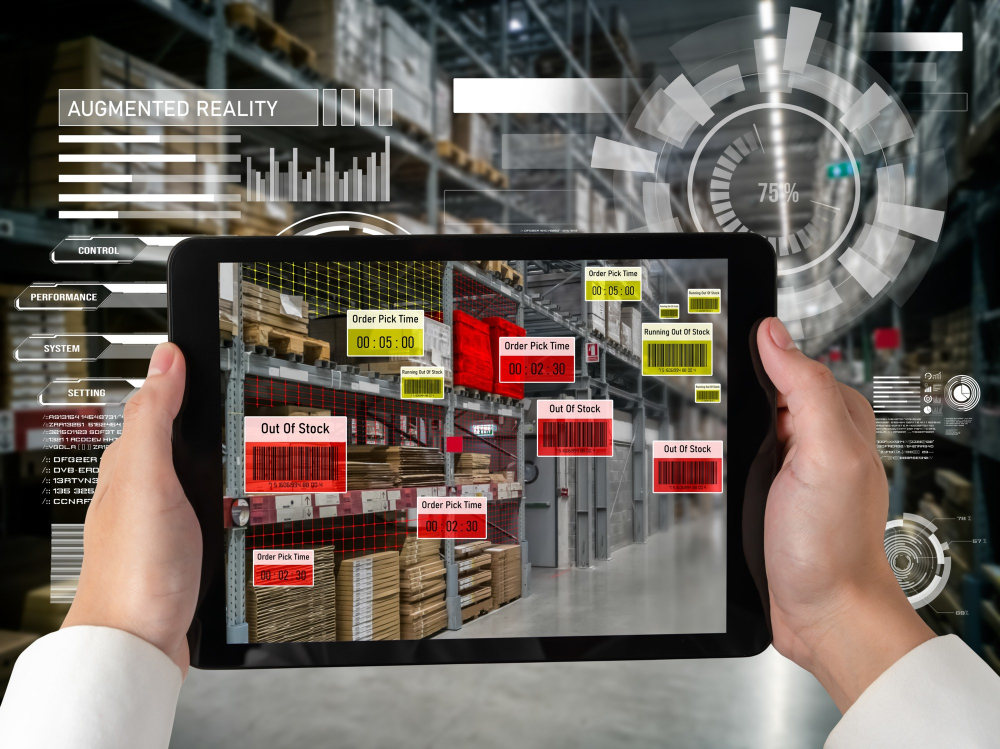
In today's rapidly evolving logistics and distribution landscape, an efficient Warehouse Management System (WMS) is indispensable. Seamlessly integrating a WMS into your existing infrastructure can significantly enhance productivity, reduce errors, and optimise warehouse operations. However, achieving flawless integration requires meticulous planning and execution. This guide will take you through the vital steps for achieving seamless WMS integration.
Before embarking on WMS integration, it is crucial to conduct a comprehensive assessment of your current warehouse processes and technologies. Identify the strengths and weaknesses of your existing system, highlighting areas that need improvement. This evaluation will help in setting realistic goals and choosing a WMS that meets specific needs. Understanding your current operations thoroughly ensures that the new system can be tailored effectively, providing a smoother transition and greater long-term benefits.
Once you have assessed your current systems, the next step is selecting an appropriate WMS solution. Consider the unique requirements of your warehouse operations, such as inventory management, order fulfilment, and returns processing. It is important to choose a WMS that offers scalability, flexibility, and robust integration capabilities. Integration with other enterprise systems like ERP (Enterprise Resource Planning) and CRM (Customer Relationship Management) should also be seamless. Collaborating with vendors who provide robust support and training can further ease the transition process.
After securing the right WMS, the planning and implementation phase begins. A detailed project plan should be developed, outlining key milestones, responsibilities, and timelines. It's beneficial to involve cross-functional teams, including IT, warehouse staff, and management, to ensure a comprehensive approach. The implementation phase typically includes data migration, system configuration, and testing. Pilot testing in a controlled environment before full-scale deployment can identify and resolve potential issues, ensuring a smoother rollout. Regular training sessions for warehouse staff will ensure that they are comfortable using the new system, avoiding disruptions in daily operations.
Seamless WMS integration is a strategic initiative that can propel warehouse operations to new levels of efficiency and accuracy. By thoroughly assessing current processes, carefully selecting the right WMS, and meticulously planning and implementing the system, businesses can achieve significant operational improvements. The journey may be challenging, but the benefits of a seamlessly integrated WMS—such as enhanced productivity, reduced errors, and optimised resource utilisation—make it a worthwhile investment.
In the complex world of warehousing and logistics, the importance of choosing and hiring the right Warehouse Management System (WMS) integration cannot be overstated. The right WMS can enhance efficiency, reduce errors, and streamline operations. However, failing to choose the correct system or partner can result in numerous setbacks. The following points highlight potential failures stemming from poor WMS integration choices:
To mitigate these risks, it is crucial to invest time and effort into selecting the right WMS integration. Trusting a reliable and experienced provider like ES Consulting can make all the difference. While the journey involves challenges, it ultimately leads to enhanced efficiency, accuracy, and growth. Choosing the right system and partner ensures that your warehouse operations remain agile and competitive in the ever-changing logistics landscape.
Ready to elevate your warehouse operations? At ES Consulting, our expertise in warehouse management system integration ensures seamless and efficient transitions, tailored to your specific needs. By partnering with us, you'll experience improved productivity, reduced errors, and optimised operations, allowing you to stay ahead in a competitive market. Harness the full potential of your warehouse with our dedicated integration solutions.
For more information or to discuss how we can help your business, contact us at +44 (0) 1256 581129 or email us at sales@esconsulting.co. Our team of experts is ready to provide comprehensive support and guide you through every step of the integration process, ensuring a smooth and successful implementation.
Thank you for taking the time to read our blog. We appreciate your interest in understanding the intricacies of seamless warehouse management system integration. We invite you to explore our other blog posts for more insightful articles that can help optimise your warehouse operations and keep you informed about the latest industry trends.
Stay connected with us on social media for updates, tips, and news. Follow us to join our community of like-minded professionals and never miss out on valuable content that can drive your business forward.
Integrating a WMS boosts efficiency by streamlining warehouse operations and reducing manual errors. It improves inventory accuracy, ensuring products are tracked and managed effectively. Moreover, it provides real-time data to help make informed decisions.
The implementation timeline for a WMS can vary depending on the complexity of the operations and the system chosen. Generally, it can take anywhere from a few weeks to several months. Proper planning and testing are essential for a smooth rollout.
Yes, modern WMS solutions are designed to integrate seamlessly with existing ERP systems. This integration ensures data consistency across different platforms and enhances overall operational efficiency. It also helps in reducing redundant data entry and minimises the risk of errors.